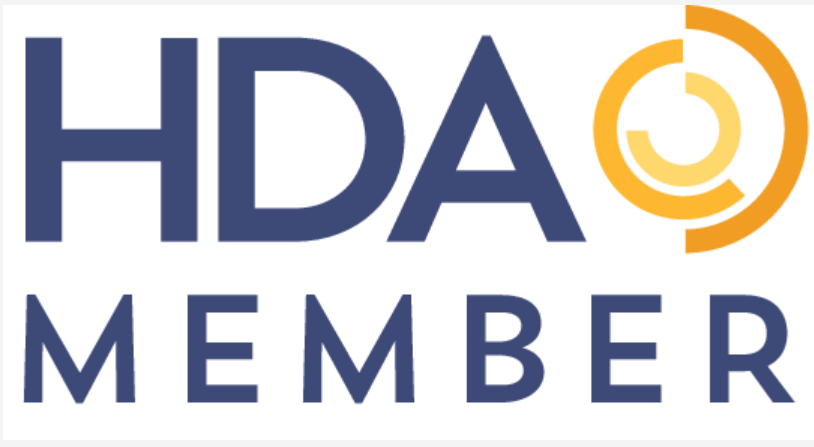Part 3: Pharmacy "DSCSA Stuff" - Know Your Products & Barcoding
What Does All This "DSCSA Stuff" Mean to a Pharmacy?
Part 3: Know Your Products and Barcoding
Another important part of DSCSA is ensuring that you are able to comply with requirements related to monitoring for suspect product. DSCSA defines suspect product as product for which there is reason to believe is:
-potentially counterfeit, diverted, or stolen;
- intentionally adulterated such that the product would result in serious adverse health consequences or death to humans;
- potentially the subject of a fraudulent transaction;
- or appears otherwise unfit for distribution such that the product would result in serious adverse health consequences or death to humans.
When any of these situations is coupled with "credible evidence", the product may further be determined to be illegitimate. Manufacturers are quick to remind stakeholders that you should contact the product complaints number listed on the product or the manufacturers website to help determine and/or conduct an investigation. All sectors of the supply chain should have documented processes and/or procedures that outline what steps should be taken to identify, quarantine, investigate and notify trading partners. We recommend clients work with their trading partners as they develop and update these procedures in any areas that may require coordination when such product is found. These instances can have a variety of factors that require close collaboration with the manufacturer and/or wholesale distributor who provided the product so flexibility is important but should be handled within established practices. Illegitimate or High Risk of Illegitimate instances may also call for filing a 3911 form with the FDA which is used to notify and/or terminate notifications. Further information can be found at the FDA Drug Notification webpage.
As with all compliance and patient safety factors, we recommend you consult with your own quality and legal counsel where needed.
The FDA has several guidance documents that should also be reviewed as you consider how to handle suspect or illegitimate product. Some of the important ones we recommend paying closest attention to are:
DSCSA Implementation: Identification of Suspect Product and Notification Guidance for Industry
Draft: Verification Systems Under the Drug Supply Chain Security Act for Certain Prescription Drugs

From our interactions with dispensers, we know that most pharmacist are well versed in things to watch for to identify potentially dangerous and/or counterfeit medicines. We will focus less in this article on appearance of the medicine which are better left to experts in these areas along with your trusted providers of continuing education. Rather we will focus on two areas more directly related to DSCSA which are the human and machine readable portions of the product identifier that contain serial numbers which are located in the 2D Datamatrix barcode affixed to the saleable unit of the packaging. The saleable unit is the lowest unit of sale that the manufacturer, or subsequent repackager, intends to introduce into commerce.
HDA (Healthcare Distribution Alliance) recently published an updated document title Guidelines for Bar Coding in the Pharmaceutical Supply Chain that contains a useful overview of all the levels of labeling that wholesale distributors in the US now expect along with visuals such as these updated examples of 2D Datamatrix barcodes with HRI (human readable interpretations)

You will notice in the image above that various formats for Expiration Date are often shown or used by manufacturers. While we are hopeful that the industry will align to a consistent format as implementation time allows, it is clear that evolving standards and guidance documents over the past years have led to various formats being used across the industry. The FDA has recently finalized Q&A Guidance to recommend a format not yet widely adopted and still being updated in global standards. This guidance also contains further information for each of the 4 data elements included in the GS1 2D data matrix (GTIN, Serial Number, Expiry Date, and Lot Number).
Knowing Your Products and Barcoding is Key to Stopping Potentially Harmful Medicine
A recent video posted by The Partnership for Safe Medicines, highlighted one example of how serialization documents and barcodes are already helping to further safegaurd the US supply chain.
For all prescription drugs that fall under the DSCSA product requiring serialization, manufacturers have been required to include human and machine readable portions for anything packaged since November 27th, 2018. Based on efforts by GS1 US to track the percentage of serialized product in the supply chain, the industry is likely well over 95% serialized. It is our belief that the only product remaining without serialized product identifiers should be either long expiration dated product with lower demand or product that has been determined to be wavier, exception or exemption. The FDA has clarified in guidance that trading partners can reach out to the manufacturer of record for any product that is not serialized and ask to confirm the packaging date was prior to November 27th, 2018 or if the manufacturer has determine the product is exempt from DSCSA. The manufacturer should be ready to answer any questions you have and in the event of non-serialized prescription drugs, be prepared to explain what factors led to this determination along with any interactions they have had with the FDA such as those outlined in the guidance titled Draft: Waivers, Exceptions, and Exemptions from the Requirements of Section 582 of the Federal FD&CA
We encourage pharmacy stakeholders who may be responsible for DSCSA compliance to consider joining industry discussions in groups such as PDG and GS1 US to further discuss with peers and understand the potential options that are taking shape for addressing these important and still evolving requirements.
We are glad to provide advisory DSCSA service for all sectors of the supply chain and are available to help plan your organization's DSCSA compliance journey.
Feel free to reach out to us through TenCountConsulting.com/contact if you have any questions or just want to chat!




